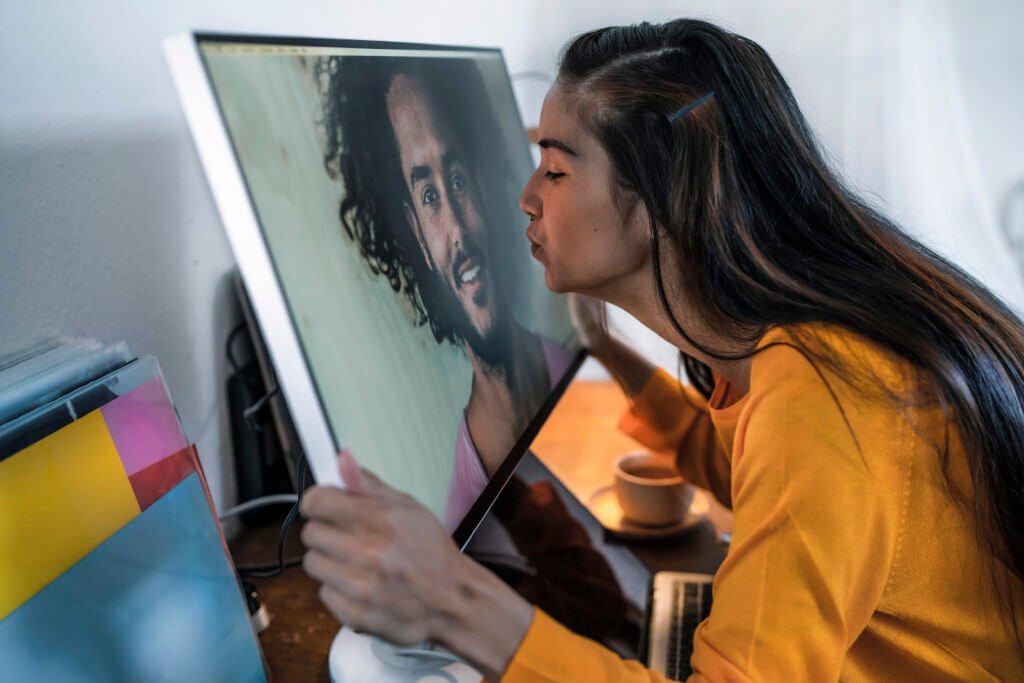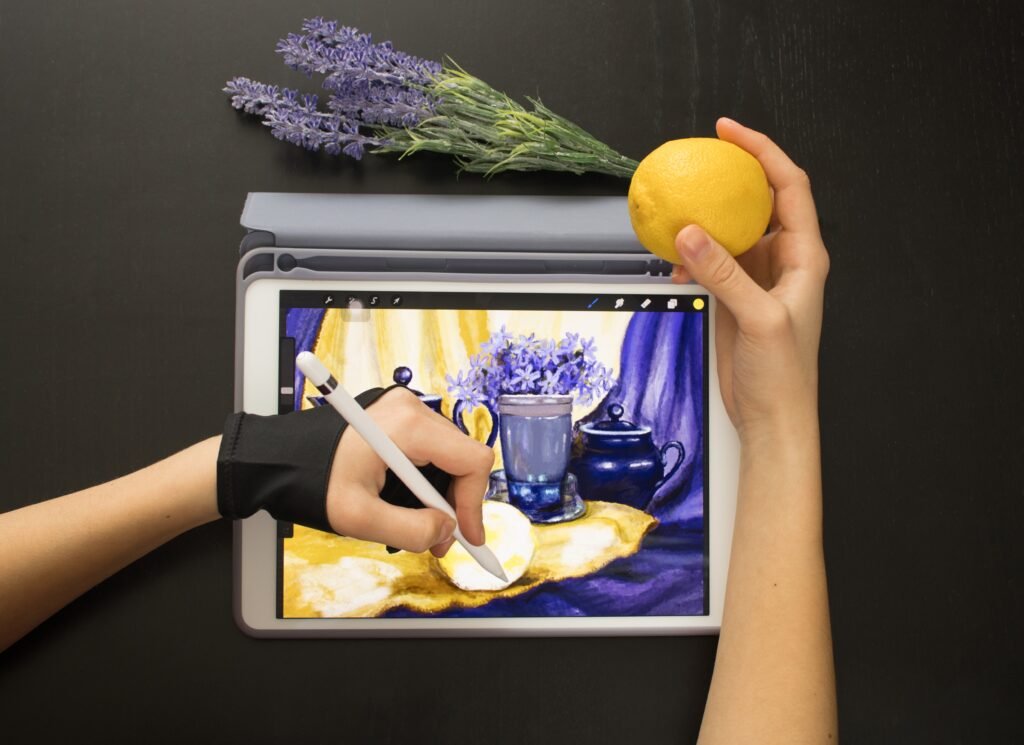Digital realism is one of the most fascinating expressions of contemporary art. Combining technical precision and imagination, this style takes visual fidelity to a level that often confuses the senses. Works created in this style may look like photographs, yet they are the result of meticulous artistic work, built pixel by pixel.
More than just an aesthetic trend, digital realism has become an artistic language capable of engaging with different audiences. It merges the meticulous observation typical of the masters of traditional realism with the creative freedom offered by digital tools. The result is a fusion of technique and technology that redefines the concept of “art imitating life.”
Origins and Consolidation of Digital Realism
Realism as an artistic movement dates back to the 19th century. When artists such as Gustave Courbet challenged Romantic ideals to portray everyday life with authenticity. This quest for verisimilitude inspired generations, and in the 21st century, it found fertile ground in digital platforms.
According to the book Digital Painting Techniques, by 3DTotal Publishing, published in 2010, the classical principles of light, color, and perspective can be masterfully applied in a digital environment. The work explains that the key lies in understanding how physical reality behaves—how light interacts with surfaces or how movement changes the perception of form—and then translating these phenomena using tools such as Photoshop, Corel Painter, and Krita.
This level of precision is made possible by advances in graphic tools, which simulate brushstrokes, textures, and lighting effects with remarkable realism. Yet the goal is not merely to reproduce life as it is: many artists use digital realism to create entirely new worlds, where the impossible becomes visible.
The Dialogue Between Traditional Art and Technology
One of the most remarkable aspects of digital realism is its dialogue with traditional art. Many creators begin with manual drawing or painting studies and later migrate to digital platforms. This flow between analog and virtual mediums is a recurring theme in the book The Art of Digital Painting, by ImagineFX. So, which highlights how a classical foundation strengthens digital execution.

Linear perspective, studied since the Renaissance, remains essential, as does the mastery of anatomy to depict human figures convincingly. Technology acts as an amplifier of these skills, enabling rapid testing, layer manipulation, and instant color adjustments.
It is not only a technical dialogue but also a conceptual one. Just as Caravaggio manipulated light and shadow to intensify drama, digital artists use artificial lighting to produce atmospheres that evoke emotion—now with the freedom to experiment with infinite variations before finalizing the work.
Digital Realism in Contemporary Art
Today, digital realism holds a place in exhibitions, art publications, and even cinema. Hyper-realistic works are sold both as fine art prints and as NFTs, reaching collectors worldwide.
Digital realism is not merely an imitation of real life but also an interpretation. Every detail—from the texture of a leaf to the almost imperceptible expression on a face. It is an artistic choice that conveys narrative and emotion.
Museums such as the Museum of Modern Art (MoMA) in New York have already incorporated digital works into their collections and programming. Confirming that this form of art is not a passing trend but an integral part of contemporary culture. This represents a milestone: the legitimization of an artistic format born in the virtual realm that now shares space with works celebrated for centuries.
Digital Realism: Art That Transforms Perception
Digital realism is not simply about copying reality with perfection. It is about understanding that art, in imitating life, also interprets, amplifies, and reinvents it. We live in a time when the boundaries between the real and the virtual are increasingly blurred, and digital artists are the cartographers of this new visual territory.
Just as photography, upon its invention, was initially met with skepticism and later established itself as a legitimate art form. Digital realism is paving its way to becoming a pillar of global artistic production. It reminds us that, regardless of the tool, what defines art is its ability to evoke emotion, tell stories, and make us see the world—real or imagined—through new eyes.



